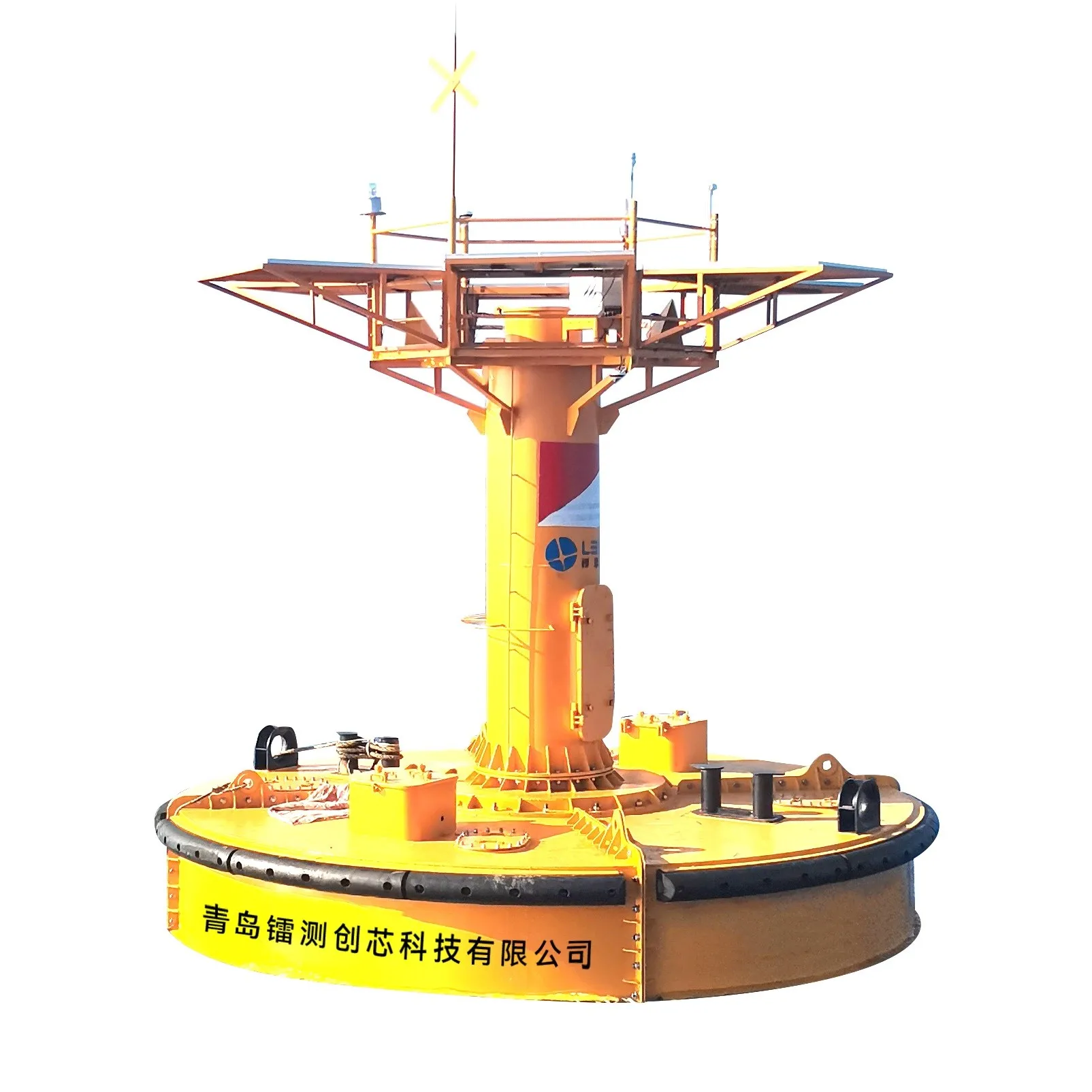The High Cost Of Offshore Wind: Why Energy Companies Are Hesitant

Table of Contents
High Capital Expenditure (CAPEX): The Steep Initial Investment
Developing an offshore wind farm represents a massive financial undertaking. The significant financial commitment required for offshore wind farm development far surpasses that of onshore projects, making it a risky proposition for many investors. This steep initial investment, known as CAPEX, encompasses several key cost drivers:
-
High cost of turbines and foundations: Offshore turbines are significantly larger and more robust than their onshore counterparts, requiring specialized materials capable of withstanding harsh marine environments. Installation in deep waters adds considerable complexity and expense. Floating wind turbine foundations, while offering access to deeper waters, add substantially to the overall cost.
-
Expensive subsea cables and grid connection infrastructure: Connecting offshore wind farms to the mainland grid requires laying long subsea cables, a complex and costly undertaking. This infrastructure represents a substantial portion of the total CAPEX and requires careful planning and execution to minimize risks and downtime. The longer the distance to shore, the greater the expense.
-
Site assessment and permitting processes: Thorough site assessments are crucial to determine the optimal location for a wind farm, considering factors such as water depth, wind resources, and environmental impact. The permitting process, often involving multiple agencies and extensive environmental impact studies, can be lengthy and expensive, leading to significant delays.
-
Environmental impact studies and mitigation measures: Offshore wind projects can impact marine ecosystems, necessitating comprehensive environmental impact assessments (EIAs) and the implementation of mitigation measures to minimize harm. These studies are time-consuming and costly, contributing significantly to the overall CAPEX.
-
High cost of specialized vessels for installation and maintenance: The unique nature of offshore wind farm construction and maintenance requires specialized vessels, such as jack-up barges and heavy-lift cranes, which are expensive to charter or own. This specialized equipment increases operational costs and contributes significantly to the overall investment.
For example, the cost of a single offshore wind turbine can easily exceed $5 million, compared to significantly less for onshore turbines. The overall cost per megawatt (MW) of installed capacity for offshore wind is consistently higher than that of onshore wind, often double or even triple the amount.
Operational Expenditure (OPEX): Ongoing Challenges and Costs
The high initial investment in offshore wind is only part of the story. Maintaining and servicing these remote installations adds considerable ongoing operational expenditure (OPEX), contributing to the overall cost and impacting the financial viability of the projects.
-
Regular maintenance and repairs of turbines and infrastructure: Offshore turbines are subjected to harsh marine conditions, including strong winds, waves, and salt spray, increasing the frequency and cost of maintenance and repairs. Accessibility challenges further complicate these operations, requiring specialized vessels and experienced technicians.
-
Cost of specialized personnel and equipment for offshore operations: Offshore wind farm maintenance requires highly skilled technicians and specialized equipment, which are expensive to employ and maintain. The remote location and challenging working conditions often command higher salaries and specialized training.
-
Insurance costs and risk management for offshore installations: The significant value of offshore wind farm assets necessitates comprehensive insurance coverage to mitigate potential risks, including storms, equipment failure, and other unforeseen events. These insurance premiums can be substantial.
-
Decommissioning costs at the end of the project's lifespan: At the end of their operational lifespan, offshore wind farms require decommissioning, a process that involves dismantling turbines, removing subsea cables, and restoring the site to its pre-construction state. This process adds a significant, often underestimated, cost to the overall project lifecycle.
The logistical challenges associated with accessing and maintaining offshore wind farms significantly impact operational costs. The reliance on specialized vessels and equipment, combined with the need for highly skilled personnel, contributes to the high OPEX and underscores the ongoing financial commitment required for these projects.
Regulatory Hurdles and Permitting Delays
Navigating the regulatory landscape is another significant obstacle contributing to the high cost of offshore wind. The complex and often lengthy permitting processes associated with these projects often introduce substantial delays and additional costs.
-
Environmental impact assessments (EIAs) and approvals: Comprehensive EIAs are required to assess the potential environmental impacts of offshore wind farms, which can be time-consuming and expensive. Securing necessary approvals from environmental agencies can involve lengthy negotiations and potential legal challenges.
-
Grid connection agreements and permitting from multiple agencies: Connecting offshore wind farms to the mainland grid requires securing agreements with grid operators and obtaining permits from multiple regulatory agencies, a process often fraught with bureaucratic hurdles and delays.
-
Navigating stakeholder consultations and public hearings: Public consultations and hearings are often required to address the concerns of local communities, fishermen, and other stakeholders. These processes can be protracted and lead to further delays.
-
Potential for legal challenges and delays: Offshore wind projects often face legal challenges from various stakeholders, leading to further delays and increased costs.
The regulatory complexities and potential for delays significantly impact the financial viability of offshore wind projects. Projects facing significant delays incur increased financing costs and potentially jeopardize the project's overall economic feasibility. Variations in permitting processes across different countries and regions further complicate the development of offshore wind energy globally.
Technological Risks and Uncertainties
Offshore wind technology is constantly evolving, but it still faces technological risks and uncertainties that contribute to the high cost of these projects.
-
Reliability of turbines in harsh marine environments: Offshore turbines operate in demanding environments, increasing the risk of equipment failure due to corrosion, fatigue, and other factors. Ensuring reliability requires robust design, rigorous maintenance, and advanced monitoring systems.
-
Technological advancements and potential obsolescence: Rapid technological advancements in offshore wind technology can lead to obsolescence of existing equipment, adding to replacement costs and potentially impacting the financial returns of projects.
-
Challenges in predicting long-term performance and maintenance needs: Predicting the long-term performance and maintenance needs of offshore wind farms is challenging, due to the complex interaction of environmental factors and technological components. Accurate prediction of maintenance needs is vital for effective cost management.
-
Impact of climate change on wind patterns and infrastructure: Climate change is expected to affect wind patterns and increase the severity of storms, potentially impacting the performance and lifespan of offshore wind farms and increasing maintenance and repair costs.
The challenges of operating in a demanding environment and the associated risks of technological failure underscore the inherent uncertainties and contribute to the high cost of offshore wind. These risks demand careful planning, robust engineering, and effective risk mitigation strategies.
Conclusion: Addressing the High Cost of Offshore Wind
The high cost of offshore wind is a multifaceted challenge stemming from high CAPEX, significant OPEX, complex regulatory hurdles, and inherent technological risks. However, the potential benefits of this clean energy source—reduced carbon emissions, increased energy independence, and job creation—are too significant to ignore.
To make offshore wind a more viable and cost-effective option, several potential solutions must be considered: technological innovation leading to more efficient and robust turbines; streamlined regulatory processes to reduce permitting delays; and supportive government policies, including subsidies and tax breaks, to incentivize investment. Further research and development focused on reducing costs, improving reliability, and enhancing the efficiency of offshore wind farms are crucial.
While the high cost of offshore wind presents significant challenges, the transition to a sustainable energy future necessitates finding ways to overcome these hurdles. Further research, investment in innovation, and collaborative efforts among governments, industry, and research institutions are crucial to unlock the vast potential of offshore wind energy and reduce its cost, making it a truly sustainable and affordable energy solution.

Featured Posts
-
 Lotto Plus 1 And Lotto Plus 2 Check The Latest Draw Results
May 03, 2025
Lotto Plus 1 And Lotto Plus 2 Check The Latest Draw Results
May 03, 2025 -
 Shock Exits Two Stars Leave Celebrity Traitors Uk
May 03, 2025
Shock Exits Two Stars Leave Celebrity Traitors Uk
May 03, 2025 -
 Understanding Maines First Post Election Audit Pilot
May 03, 2025
Understanding Maines First Post Election Audit Pilot
May 03, 2025 -
 Fortnite Chapter 6 Season 2 Release Time Date Downtime Pre Load And Battle Pass Details
May 03, 2025
Fortnite Chapter 6 Season 2 Release Time Date Downtime Pre Load And Battle Pass Details
May 03, 2025 -
 Orta Afrika Cumhuriyeti Ile Bae Arasinda Tarihi Ticaret Anlasmasi Imzalandi
May 03, 2025
Orta Afrika Cumhuriyeti Ile Bae Arasinda Tarihi Ticaret Anlasmasi Imzalandi
May 03, 2025
